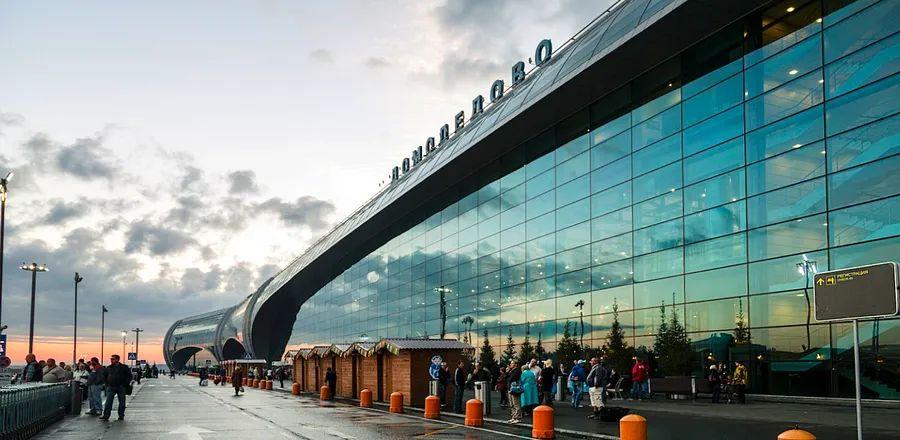Impact of Russia’s Ukraine Invasion on European Air Travel

Just as transatlantic travel was poised for a revival, Russia’s invasion of Ukraine last month has disrupted the international airline sector—raising significant doubts about whether 2022 will truly be a rebound year for global travel.
Russia’s actions led to immediate airspace restrictions over the conflict area, a surge in jet fuel prices, and a decline in bookings for U.S.-Europe flights, according to early data from travel booking platform Kayak.
Airlines have also reacted, such as Delta Air Lines halting its codeshare agreement with the Russian carrier Aeroflot. Several countries, including Canada, the U.S., and much of Western Europe, have prohibited all Russian-operated flights from their airspace and airports. In response, Russia has barred around 36 airlines (mainly European) from its airspace—a decision that could significantly affect flights to Asia by necessitating long detours.
Is it currently safe to fly to Europe?
With the situation evolving rapidly, some travelers may be questioning whether it’s safe to fly across the ocean at all, even if their destination is far from the conflict area. For many, this recalls the tragic Malaysia Airlines Flight 17 incident, which was shot down by a Russian-made missile over Ukraine in 2014 while en route from Amsterdam to Kuala Lumpur, resulting in the deaths of all 298 passengers aboard the 777. This has prompted safety experts to push for stricter regulations on commercial airlines operating near conflict zones.
“New safety measures have been implemented,” says aviation safety expert John Goglia, a former member of the National Transportation Safety Board, reassuring travelers that “the airspace over Ukraine is entirely closed.”
“Flying within Europe is safe,” he affirms.
On February 28, the U.S. State Department issued a Level 4 “Do not travel” warning for Russia, citing “the unprovoked and unjustified military attack by Russian forces in Ukraine,” and highlighting concerns such as “potential harassment of U.S. citizens by Russian security officials, limited embassy support for U.S. citizens in Russia, COVID-19 entry restrictions, terrorism threats, reduced flight availability, and arbitrary enforcement of local laws.”
The State Department strongly advises U.S. citizens to leave Russia immediately using any commercial flight options still available, as many airlines are canceling their flights in and out of the country.
International airlines state that rerouting flights and implementing airspace restrictions are essential for ensuring the safety of both aircraft and passengers. For instance, British Airways has confirmed the suspension of all flights to Moscow and the use of Russian airspace, offering full refunds to customers “who are inconvenienced” by these cancellations. The airline noted in a statement to Dinogo that “this situation is clearly beyond our control.”
At the very least, rerouting some services may result in longer flight durations, and combined with a significant increase in jet fuel prices due to the cutoff of supplies from the area, this could lead to higher airfares.
How might the conflict affect the demand for and cost of flights to Europe?
Several factors will influence air travel to Europe in 2022, and not all of them are negative, says Scott Keyes, founder and chief flight expert at Scott’s Cheap Flights. One positive aspect is the substantial recovery in international flight capacity—although the number of transatlantic flights in the summer of 2021 was still significantly lower than pre-pandemic levels, “many routes are expected to be fully restored or even exceed previous numbers this summer,” he explains.
However, he adds, “The major uncertainty lies in how the invasion will affect travel demand, particularly to Europe.” Keyes observes that there is early evidence suggesting an initial decline in enthusiasm for international travel.
Until last week, however, overall travel demand has remained robust, with weekly ticket sales hovering around or even matching 2019 levels. International travel, in particular, has been fueled by pent-up demand: A recent survey of Scott’s Cheap Flights members revealed that 75 percent plan to take more trips abroad in 2022 compared to last year, according to Keyes. Among the attractions are a recent surge of transatlantic fare sales, with peak season prices from U.S. gateways dropping as low as $498 round-trip to London or $395 to Norway.
Furthermore, several new ultra-low-cost airlines based in Europe are set to begin flights to the United States this spring and summer, including Play and Norse Atlantic.
Niche carriers like French Bee are also offering extremely low fares on routes to Paris from Los Angeles and San Francisco. However, the ultimate impact of these newcomers on European airfares will depend on travelers' confidence to fly and the ongoing easing of COVID restrictions, says Henry Harteveldt, co-founder and travel analyst at Atmosphere Research. “Yes, these [new] airlines will compete on pricing, but they will face significant challenges,” he notes.
Given that Play connects through Iceland and Norse Atlantic through Oslo, in addition to flying to smaller U.S. airports like Stewart in Newburgh, New York, they may pose less of a threat to larger carriers like British Airways and Lufthansa, he adds.
Another factor to consider is whether these new low-cost airlines can thrive in such an unpredictable market.
“It’s an exceptional time to launch an airline, if you have the audacity to do so,” said Play CEO Birgir Jonsson to Dinogo a few weeks back, before the Russian invasion. This week, the new airline kicked off a four-day fare sale, cutting prices by 33 percent on spring flights departing from Boston, New York (Newburgh), and Baltimore/Washington, with bookings available until March 4. Whether these price reductions will effectively address travelers’ concerns about the ongoing conflict remains to be seen.

1

2

3

4

5
Evaluation :
5/5